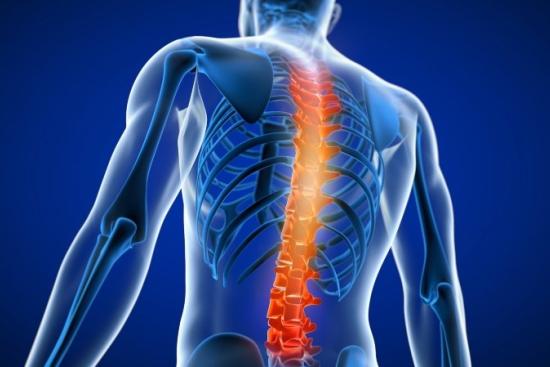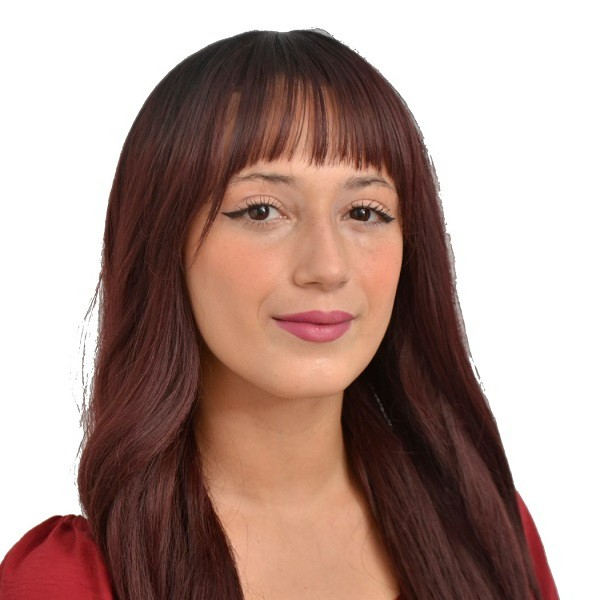The spine is located below the chest and is made up of a series of bones called vertebrae that can cause spinal stenosis by narrowing and compressing the spinal cord. Medications can be used to combat this problem, but in the most severe cases, performing spinal surgery in Turkey in one of our partner spine centers is highly recommended.
- People suffering from disabling pain and symptoms caused by spinal stenosis
- Bleeding
- Infection
- Blood clots
- It all depends on the treatment
- Between 6 weeks and 3 months.
- 70 to 90% depending on the extent of stenosis, age and general health of the patient
Neurosurgery Healing: Costs of Best Spine Centers in Turkey
Turquie Santé offers patients the opportunity to regain their well-being by treating their neurosurgical disease with professional and experienced specialists in Turkey hospitals. Patients can obtain quotes including the most affordable prices for the treatment to be carried out at hospitals and clinics in Istanbul, Izmir, Turkey. In fact, we guarantee them a free advisory service and referral to the most competent doctors.
Best Clinics with Verified Reviews

- Multispecialized hospital
- 7 operating rooms
- Capacity é of 170 beds

- Multispecialized hospital
- Hospital founded in 2007
- Very good reputation in ENT department
Symptoms of spinal stenosis
Spinal stenosis can cause a variety of symptoms, including:
- Pain, cramping, or numbness in the legs, buttocks, feet, or arms
- Pain or burning in the back
- Difficulty walking or standing
- Loss of bowel or bladder control
- Muscle weakness
- Decreased sensitivity to touch
- Pain during sex in men.
These symptoms may worsen over time and affect the quality of life of the person with spinal stenosis. If you are experiencing these symptoms, it is important to see a doctor for proper diagnosis and treatment in Turkey.
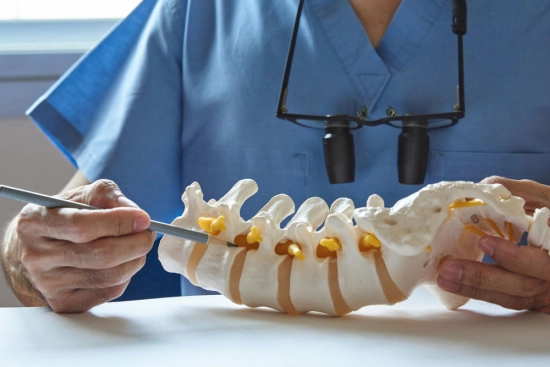
Spinal Stenosis Treatment in Turkey
The treatment of spinal stenosis depends on the severity of the symptoms and the impact of the disease on the patient's quality of life. In mild cases, symptoms can be relieved by non-surgical treatments such as
- Analgesics: Pain-relieving medications such as nonsteroidal anti-inflammatory drugs (NSAIDs),opioids, tricyclic antidepressants, anticonvulsants, and muscle relaxants may be prescribed to relieve pain.
- Physical therapy: Strengthening and stretching exercises may help relieve symptoms and improve mobility.
- Corticosteroid infiltration: This procedure involves injecting an anti-inflammatory medication into the epidural space around the spinal cord to reduce pain and inflammation.
In more severe cases, surgery may be needed to relieve pressure on the spinal cord and nerves. Surgical techniques may include laminectomy, laminotomy, laminoplasty, and spinal fusion.
It is important to consult a doctor to discuss appropriate treatment options for your situation. Early treatment can help prevent the progression of spinal stenosis and improve quality of life.
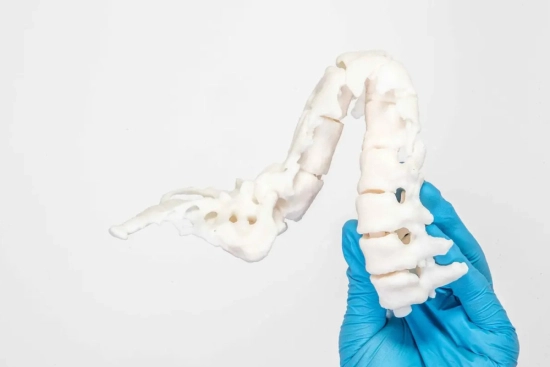
Spine Surgery
There are several techniques for spine surgery, each tailored to specific needs based on the patient's condition. Here are some of the most common techniques:
- Laminectomy: This procedure removes part of the bone (the spinous process and lamina) that covers the spinal cord and nerves to relieve pressure.
- Spinal fusion: This procedure involves fusing two adjacent vertebrae together to stabilize the spine and relieve pain.
- Discectomy: This procedure removes part of an intervertebral disc that is compressing nerves.
- Decompression surgery: This procedure removes anything that is compressing the spinal cord or nerves, such as tissue or bone growth.
- Endoscopic surgery: This technique uses a small endoscopic tube to view and treat the spine through small incisions.
- Image-guided spine surgery: This technique is highly recommended for complex cervical spine surgery and for the reconstruction of the cranio-vertebral junction (which requires high precision). During surgery, an on-screen imaging system helps guide the surgeon.
- Minimally invasive spine surgery: can treat degenerative problems, herniated discs, and some types of cancer. The main advantage of minimally invasive surgery is that it avoids trauma and tissue damage, resulting in shorter hospital stays than other techniques. Despite its advantages, it should always be the last option for treating acute back pain.
The choice of technique depends on the patient's condition and the location of the spinal stenosis or herniated disc. It is important to discuss the benefits and risks of each technique with your surgeon and choose the one that best suits your situation.
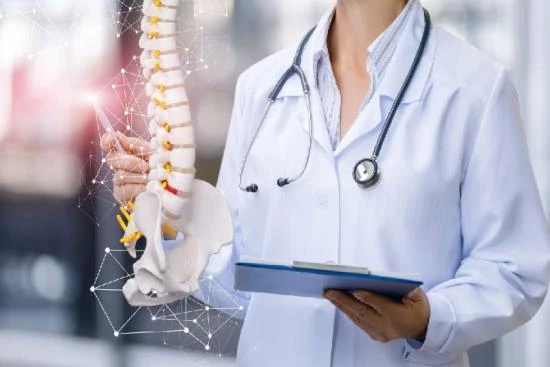
Complications and Recovery after back surgery
During the recovery period after back surgery, some complications may occur. However, these side effects are usually temporary and can be avoided if the patient follows the postoperative instructions carefully.
Complications of spinal surgery
As with any type of surgery, spine surgery can result in some side effects or complications. The doctor will discuss these complications with the patient before the surgery.
Spine surgery can cause pain in the bones, infection, and complications with anesthesia.
If the surgery is performed near the spinal cord, the complications can cause more pain and damage and may even require additional surgery.
Recovery time
Typically, patients are discharged from the hospital after 1 to 4 days after their spinal surgery, depending on the type of surgery performed.
Most individuals are able to walk independently by the second day following the surgery, but it is recommended to avoid strenuous activities for approximately 45 days.
Returning to work is feasible after one month, although additional time may be required if the job entails extended periods of driving or heavy lifting. A full recovery can take up to two months.
However, it is important to note that the outcomes of this surgery in Turkey are often excellent.
Share this page
